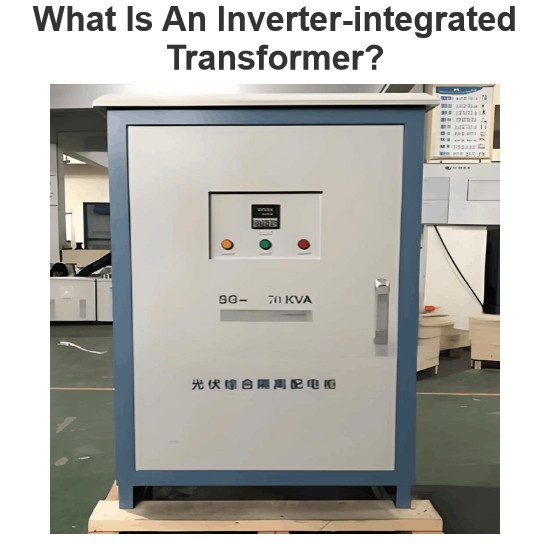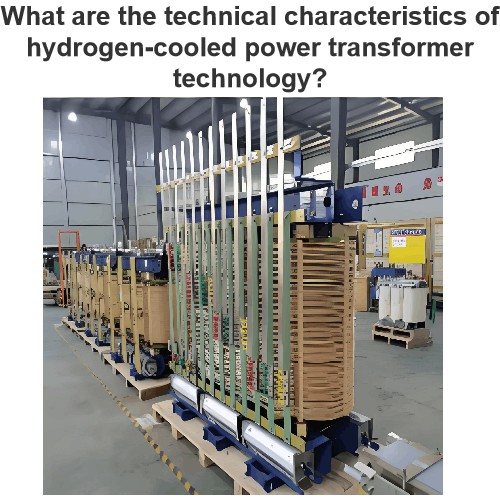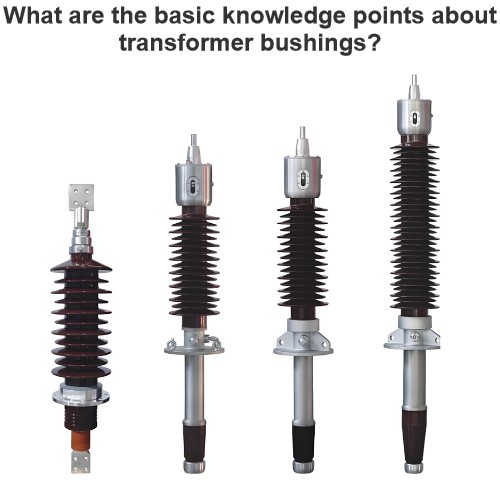Power System Voltage Level Classification
What Is a Voltage Class?
- Definition of Voltage Class:Voltage classes (or voltage levels) refer to a set of standardized rated voltages used in power systems and electrical equipment. A rated voltage is the nominal voltage at which equipment is designed to operate under normal conditions; essentially, a voltage class defines the intended working voltage range for a system or device.
- Analogy to Consumer Appliances:Household appliances (e.g., refrigerators, TVs) operate at a nominal voltage—typically 220 V—and may malfunction or sustain damage if supplied with significantly higher or lower voltages. Similarly, power system equipment must operate within its designated voltage class to ensure reliable performance.
Importance of Voltage-Level Classification
- Standardization:Unified voltage classes provide a clear framework for equipment design, manufacturing, and maintenance. Devices from different manufacturers adhering to the same voltage class can interoperate seamlessly, enhancing interchangeability and simplifying system management.
- Efficiency:Selecting appropriate voltage levels minimizes transmission losses. For a given power transfer, higher voltages reduce current, thereby lowering I²R losses in conductors and improving overall efficiency from generation to end use.
- Safety and Reliability:Clear voltage class delineation ensures insulation requirements and protective measures match voltage stress, preventing overloads or short circuits from mismatched voltages and safeguarding personnel and equipment.
- Facilitating Technological Evolution:Well-defined voltage tiers enable the grid to adapt to growing power demand and emerging technologies (e.g., distributed generation, smart grids). They support integrating renewables, energy storage, and advanced controls while maintaining stability and resilience.

Common Voltage Classes
- Safety Voltage (≤36 V):Used in safety-critical applications: 24 V for handheld power tools, 12 V for mine lighting, ≤6 V for medical endoscopes. Special environments (e.g., swimming pools) often use 12 V; children’s toys use ≤6 V. Compliance with GB/T 3805-2008 is required, including safety isolating transformers, batteries, double insulation, and 72-hour emergency lighting runtime.
- Low Voltage (220 V/380 V):Forms the three-phase four-wire low-voltage distribution network (220 V phase-to-neutral, 380 V phase-to-phase) with a ±7% tolerance per GB/T 12325. Europe uses 230/400 V; Japan uses 100/200 V. Protection includes 30 mA RCDs, overload/short-circuit breakers (breaking capacity ≥6 kA), and TN-S earthing (insulated PE conductor, earth resistance ≤4 Ω).
- Medium Voltage (10 kV–35 kV):10 kV is common for urban distribution (cable current capacity ~300 A/km); 35 kV for suburban/industrial feeders. IEEE 1547 limits distributed generation interconnection to ≤35 kV, requiring ±10% voltage regulation for PV plants.
- High Voltage (110 kV–220 kV):Economical for bulk power transfer: 110 kV handles 50–100 MW (e.g., with LGJ-240 conductors); 220 kV handles 200–500 MW. Typical 220 kV substation transformers have 180 MVA ratings with 12%–14% short-circuit impedance.
- Extra-High & Ultra-High Voltage (≥330 kV):500 kV AC lines carry ~1000 MW naturally; ±800 kV DC lines handle up to 8000 MW (with 6×720 mm² conductors). 1000 kV AC UHV lines incur losses <0.8‰ per km.
Basis for Voltage-Level Determination
- National Standards:China’s voltage tiers derive from GB/T 156-2017 (“Standard Voltages”) and GB/T 156-2007, aligned with IEC 60038 but tailored to local 50 Hz AC grid needs.
- Transmission Distance:Higher voltages suit longer distances: 0.4 kV for short (<0.6 km) local distribution; 1000 kV AC for ultra-long (800–1500 km) bulk transfer.
- Technical Feasibility:Advancing to higher voltages requires addressing insulation, cooling, and material challenges. UHV equipment uses specialized insulators and thermal management for safe, stable operation, with ongoing R&D driving voltage-class expansion.
Zhejiang Vziman Electric Group Co., Ltd. is a high-tech enterprise specializing in R&D, manufacturing, and service of power electrical equipment. Committed to innovation, quality, and customer satisfaction, it supplies smart solutions for global power sectors, covering grid construction, new energy, and industrial distribution. Core Business • Switchgear (GIS, circuit breakers, Recloser, Load break switch) • Distribution equipment (transformers, RMU, smart terminals) • Power automation systems • Engineering services (installation, maintenance, consulting) Technical Strength • Provincial R&D center, multiple patents • Modern production, ISO/GB/IEC/CE/UL certified • High capacity, large-scale delivery support Market & Vision Serves State Grid, Southern Grid, and global projects (Asia, Africa, Europe, etc.). Aims to lead in smart grids and new energy, promoting sustainable energy development.













